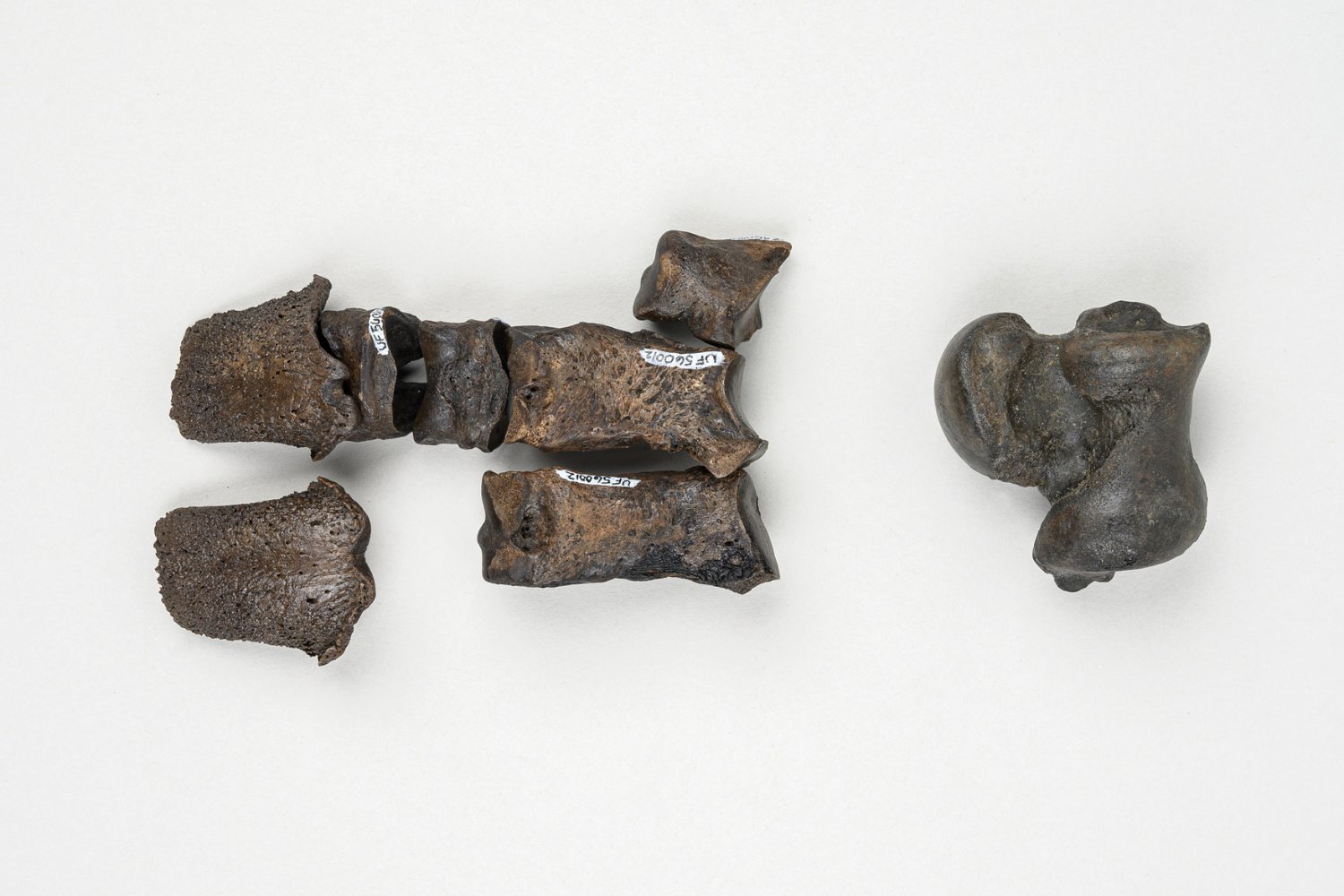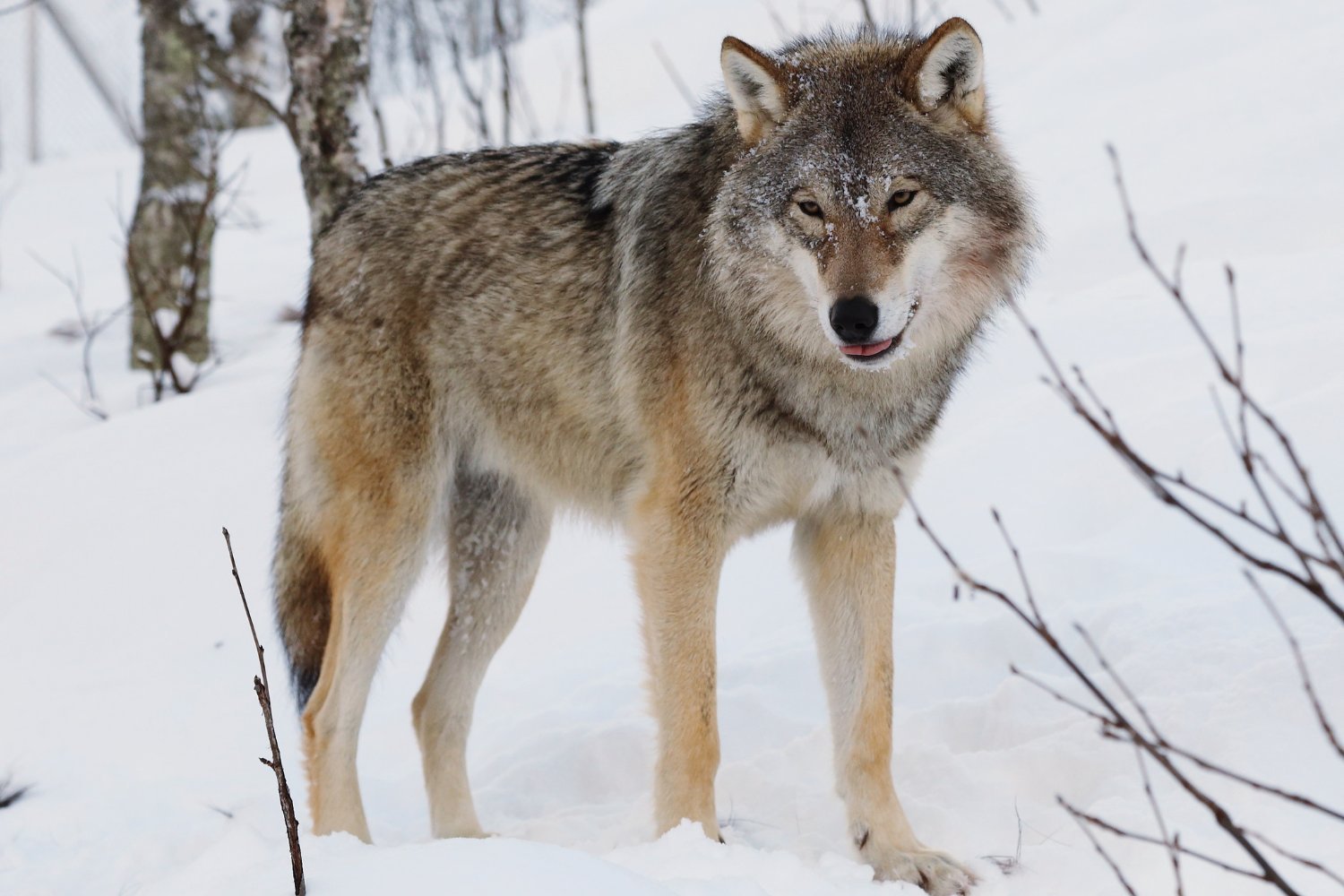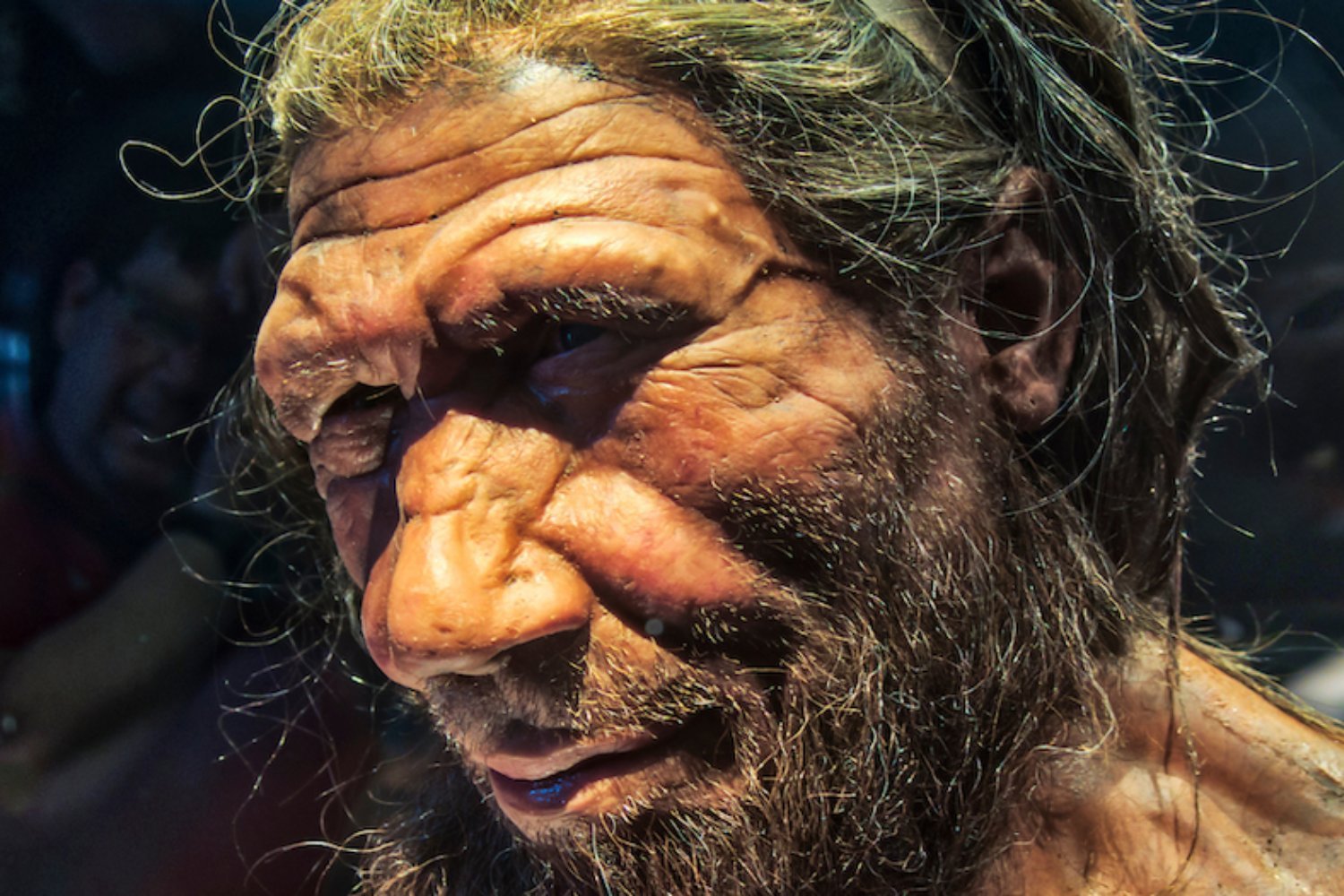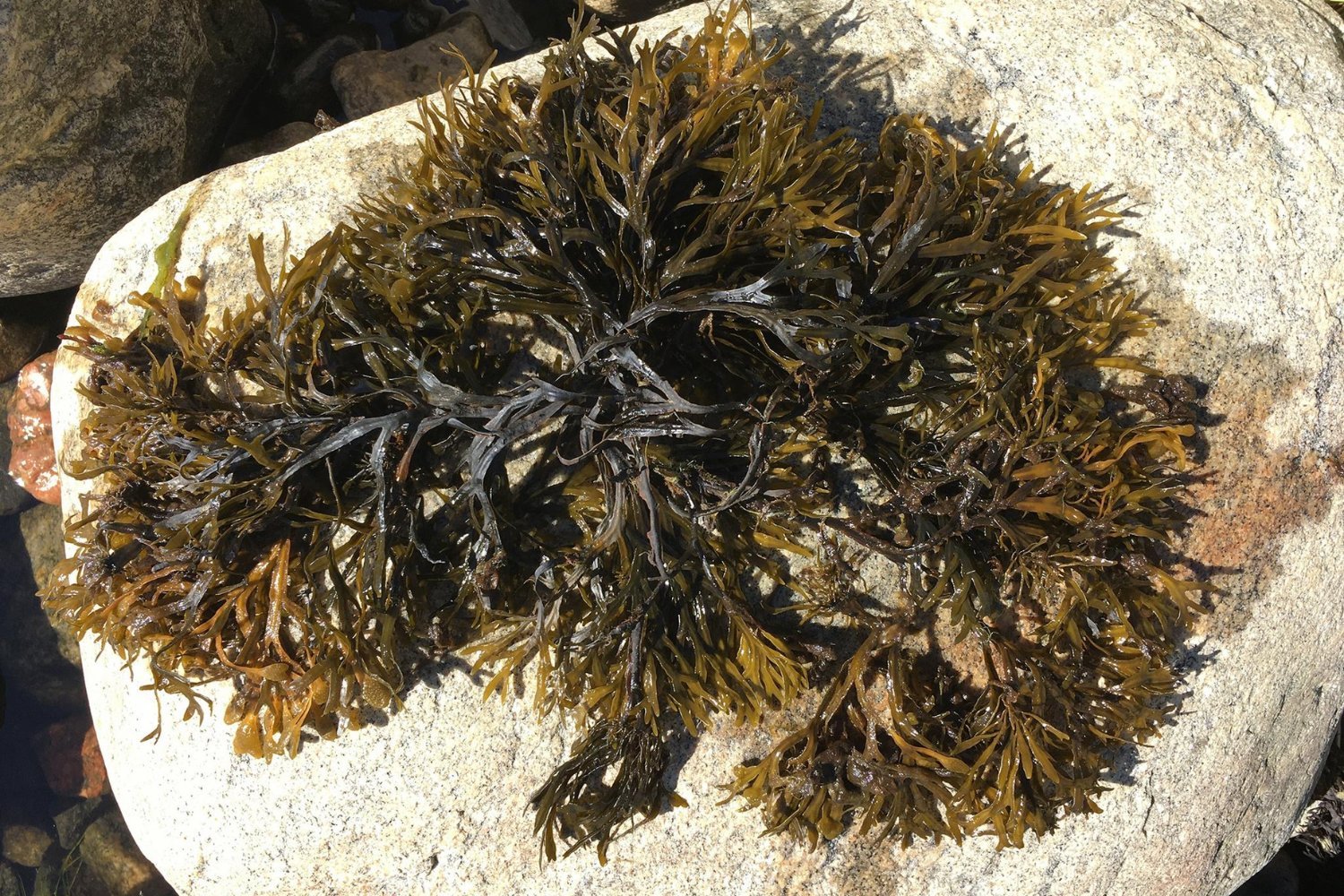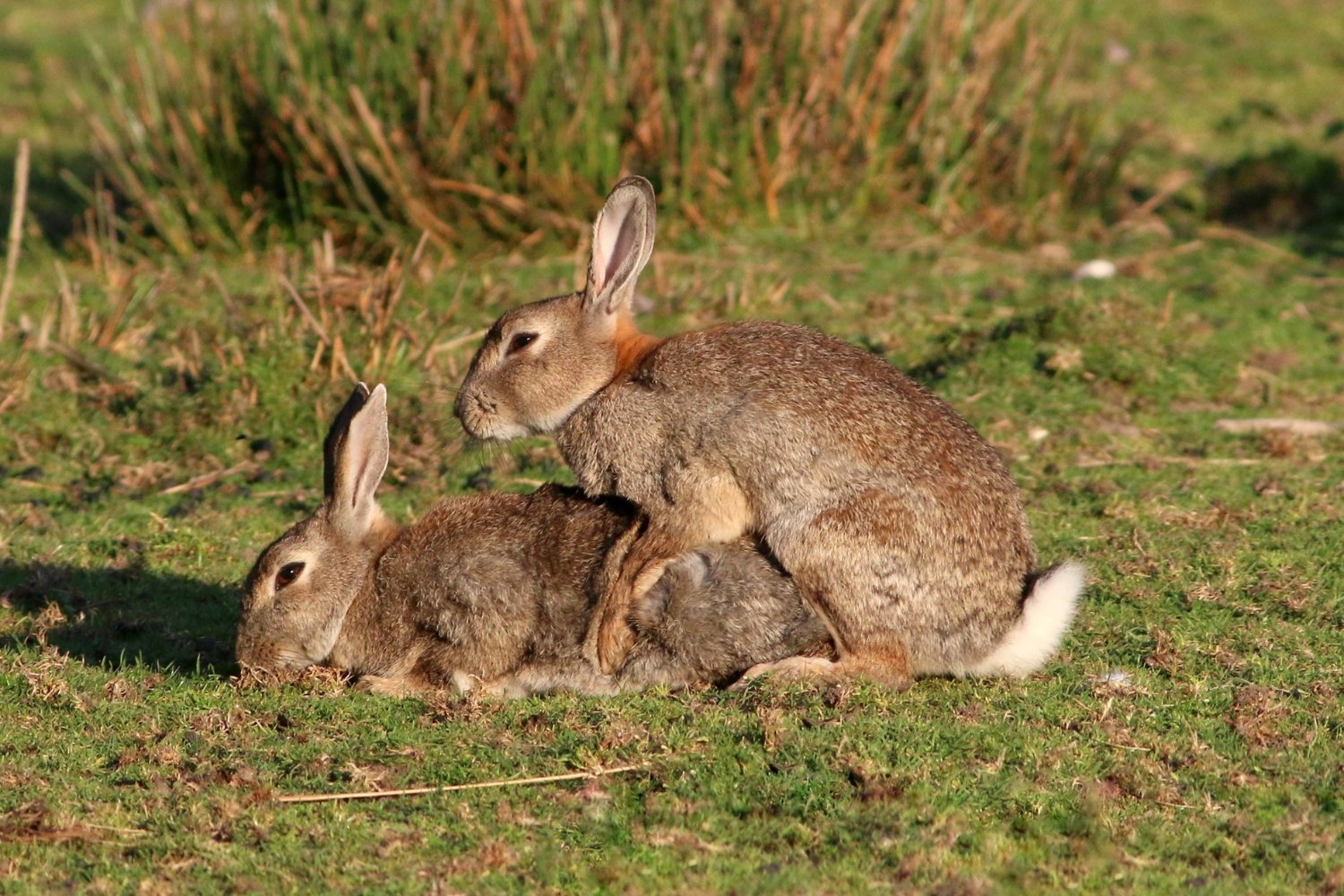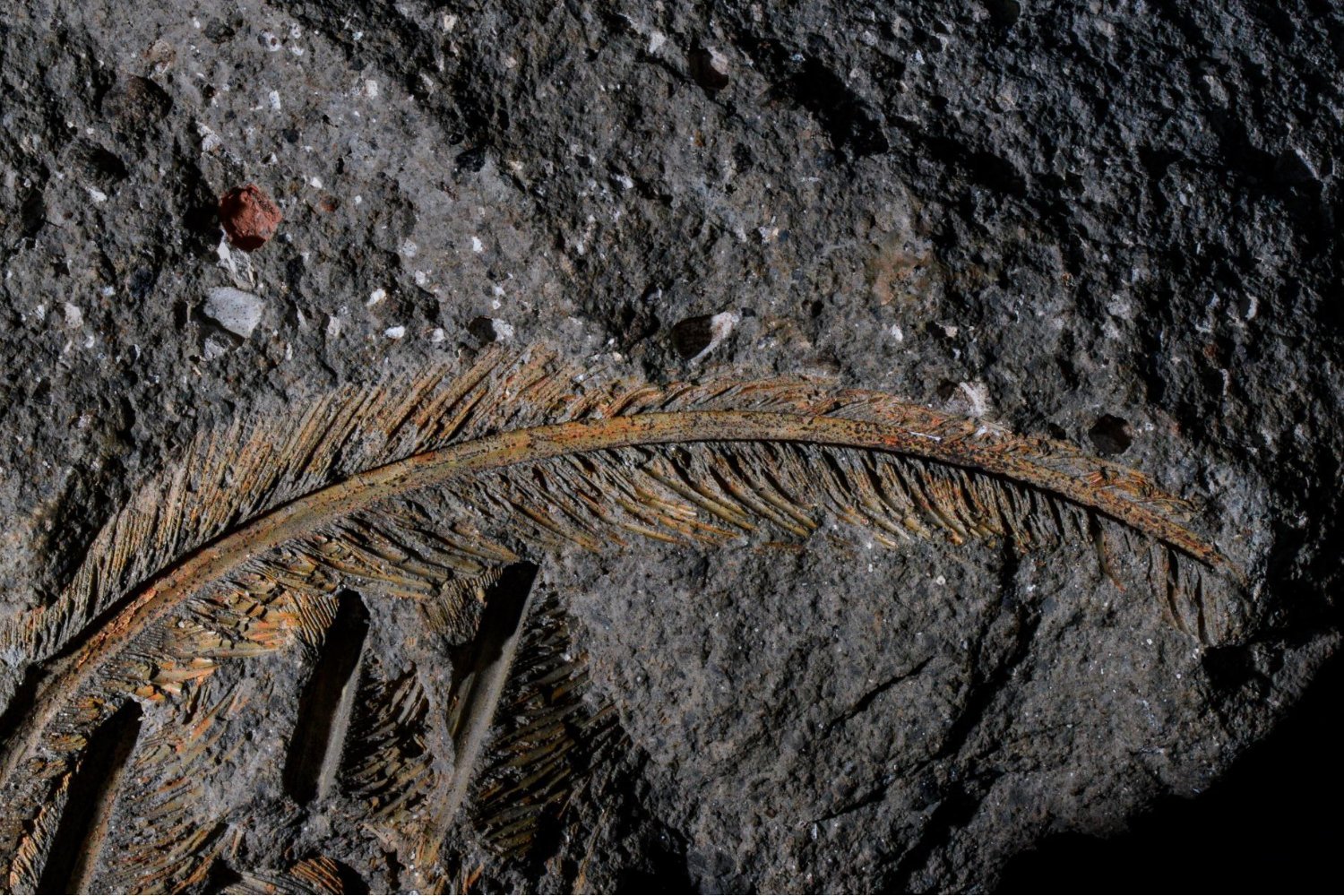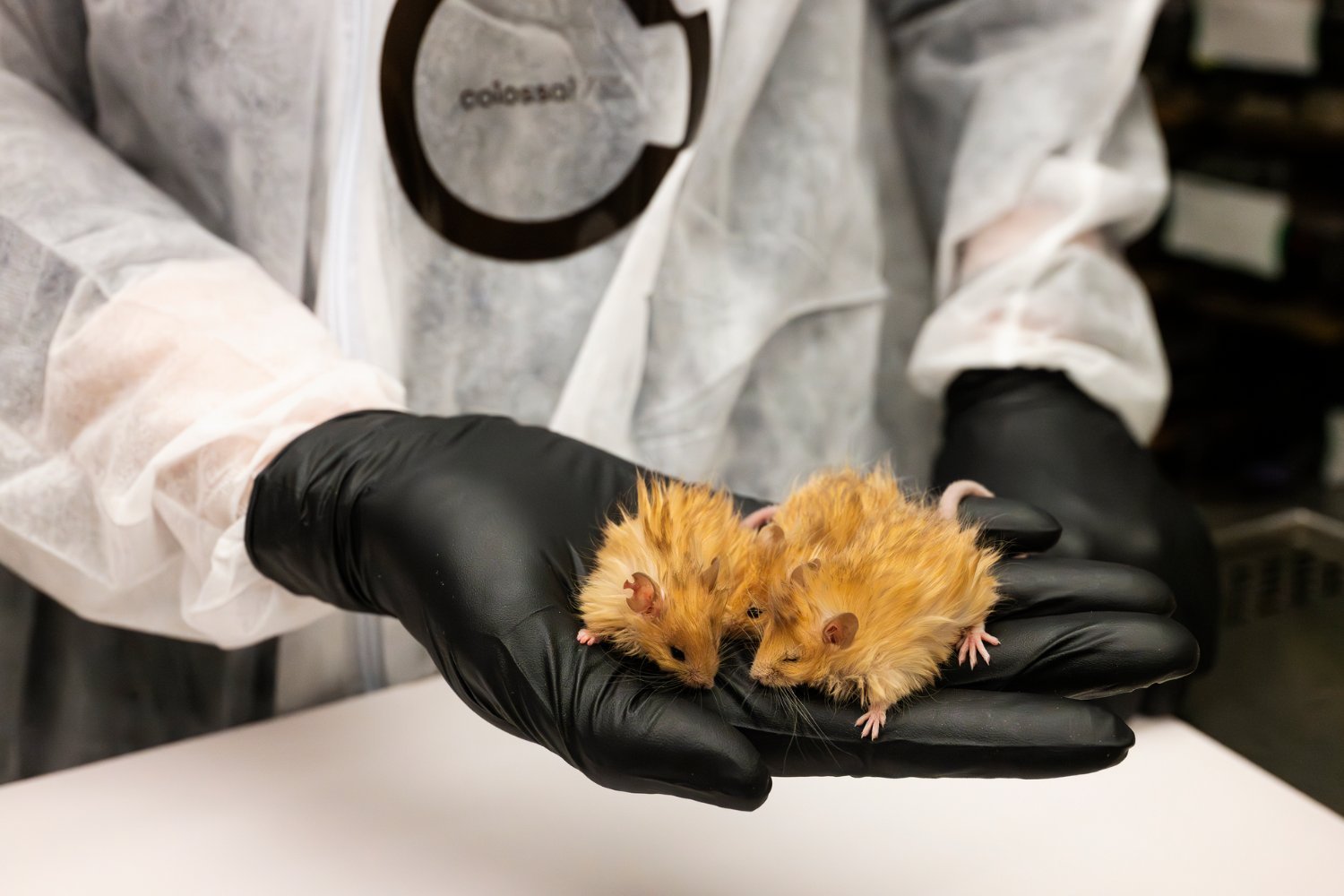A remarkable discovery in Florida’s Steinhatchee River has unveiled a treasure trove of exceptionally preserved animal fossils, offering a glimpse into a little-understood period of the Pleistocene epoch. Amateur fossil hunters Robert Sinibaldi and Joseph Branin stumbled upon this prehistoric graveyard in 2022, unearthing 552 fossils dating back approximately 500,000 years. Their find provides valuable insights into the middle Irvingtonian age, a time shrouded in mystery due to the scarcity of fossil evidence.
The murky waters of the Steinhatchee River, described by Sinibaldi as “like diving in coffee,” yielded a remarkable collection of fossils, including horse teeth, tapir skulls, and the remains of sloths and armadillos. The initial discovery of horse teeth led to the uncovering of numerous other specimens, highlighting the significance of the site. The Florida Museum of Natural History, where the fossils were submitted for analysis, confirmed their exciting origins.
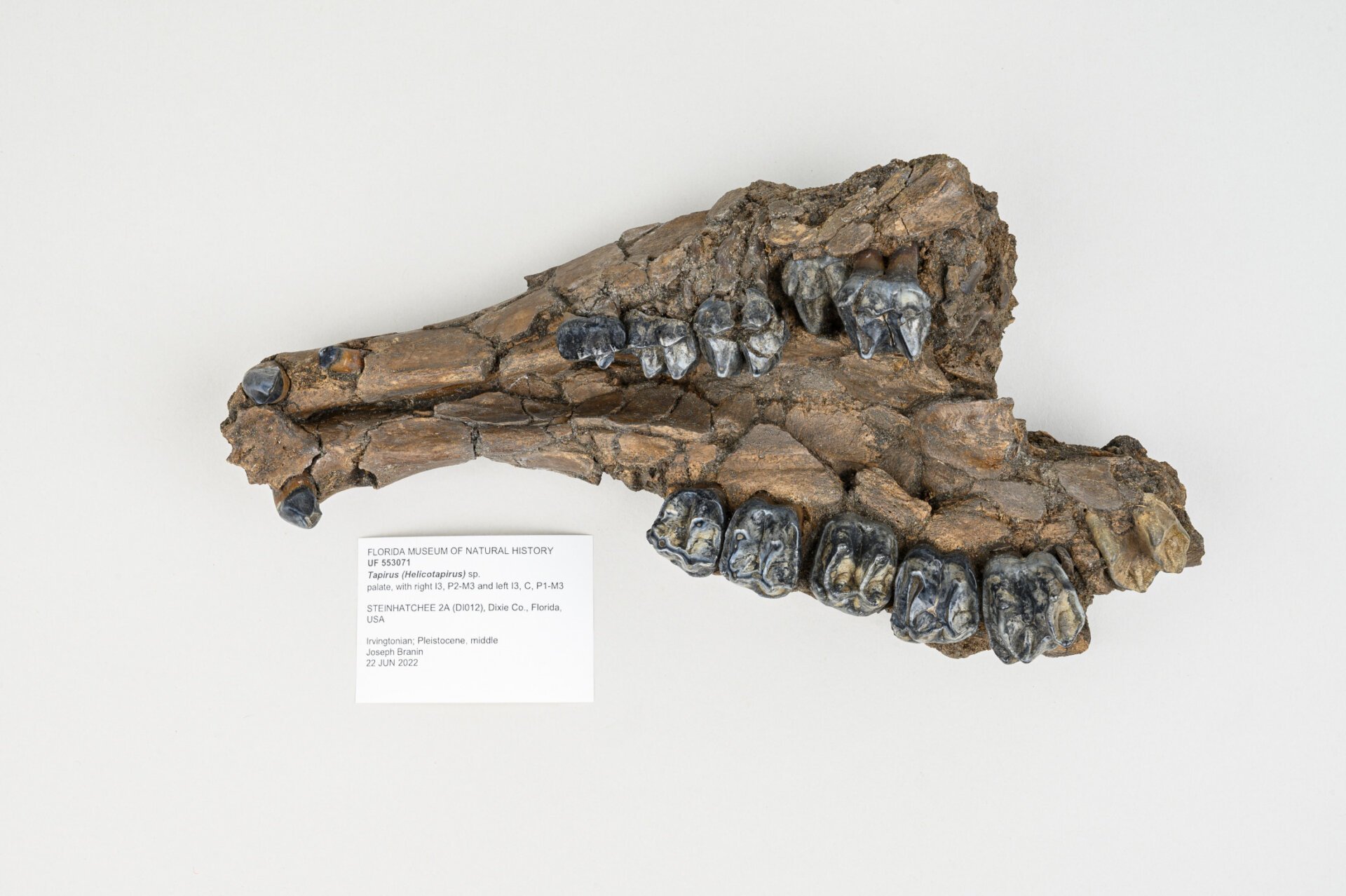 Fossil Hunters in Steinhatchee River
Fossil Hunters in Steinhatchee River
According to a study published in Fossil Studies, the animals met their fate in a sinkhole, their remains preserved beneath accumulating sediments for hundreds of millennia. The Steinhatchee River’s course likely shifted over time due to erosion, eventually intersecting with the sinkhole and depositing the fossils into the riverbed. This rare middle Irvingtonian site is only the second of its kind discovered in Florida, underscoring its importance to paleontological research.
Unveiling Evolutionary Secrets
The scarcity of middle Irvingtonian fossils has left significant gaps in our understanding of animal evolution during this period. The Steinhatchee River fossils offer crucial clues to the evolutionary journey of several species. For instance, the fossils of Holmesina, an extinct creature resembling a large armadillo, reveal insights into its transition from the smaller Holmesina floridanus to the much larger Holmesina septentrionalis. The ankle and foot bones found at the site exhibit characteristics of both species, suggesting that size increase preceded skeletal adaptations.
Reconstructing Ancient Florida
The abundance of caballine fossils, an early group encompassing both wild and domesticated horses, suggests that Florida’s landscape 500,000 years ago was vastly different from what we see today. Horses thrive in open habitats, indicating that Florida may have once been a more open landscape with fewer trees. The well-preserved teeth of these ancient horses also provide clues about their diet and the types of plants they consumed.
 Tapir Jaw Bone Fossil
Tapir Jaw Bone Fossil
Furthermore, an unusual tapir skull discovered at the site raises intriguing questions. It could potentially represent a new species or simply be an anomaly within the existing population. Further skeletal remains are needed to definitively determine its classification.
Collaboration Between Amateurs and Professionals
The discovery by Sinibaldi and Branin highlights the valuable contributions of amateur fossil hunters to paleontological research. This find adds to a growing list of vertebrate fossil sites in Florida discovered by passionate amateurs, demonstrating the potential for fruitful collaborations between these enthusiasts and professional researchers. These partnerships enrich our understanding of prehistoric life and contribute significantly to the scientific community.
In conclusion, the Steinhatchee River fossil discovery provides a rare window into the middle Irvingtonian age, offering invaluable insights into the evolution of several species and the ancient landscape of Florida. This remarkable find underscores the importance of continued exploration and the power of collaboration between amateur fossil hunters and professional researchers in unraveling the mysteries of our planet’s past.



